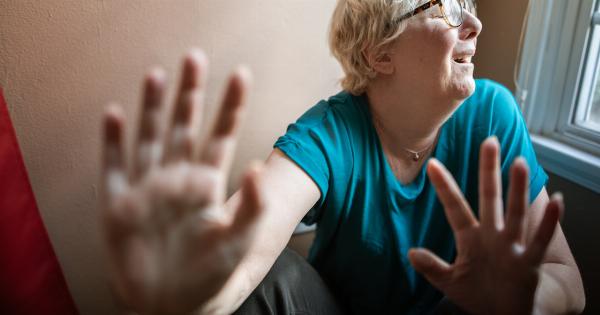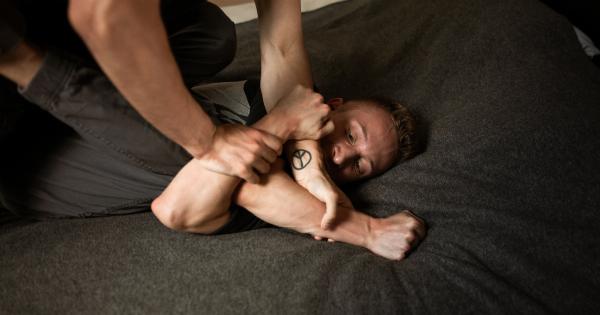Child sexual abuse is a heinous crime that affects the lives of countless innocent children around the world. Pedophiles, individuals with a sexual attraction towards minors, pose a significant threat to the safety and well-being of children.
It is crucial for society to come together and take proactive measures to stop these predators in their tracks. This article will delve into the topic of pedophilia, discuss the signs of potential pedophiles, explore strategies for prevention, and shed light on the importance of educating children and communities about this issue.
Understanding Pedophilia
Pedophilia is a psychiatric disorder characterized by intense and recurrent sexual fantasies, urges, or behaviors involving sexual activity with prepubescent children.
It is essential to differentiate between pedophilia itself, which is a mental illness, and child molestation, which refers to the actual act of sexually abusing a minor. While all pedophiles have a sexual attraction towards children, not all of them act on their desires.
The Signs of Potential Pedophiles
Identifying potential pedophiles can be challenging, as they often conceal their true intentions and blend into society. However, certain warning signs may indicate the presence of a pedophile:.
1. Excessive Interest in Children
One of the primary warning signs is an unusually high emphasis on children. Pedophiles may go out of their way to interact with minors, constantly seeking opportunities to be near them or engage in activities involving children.
2. Inappropriate Boundaries
Individuals with pedophilic tendencies often have poor personal boundaries. They may touch children inappropriately, invade their personal space, or engage in intimate conversations that are not age-appropriate.
3. Secretive Behavior
Pedophiles often exhibit secretive behavior when it comes to their interactions with children. They may attempt to hide their actions or conversations, going to great lengths to avoid suspicion.
4. Isolation
Many pedophiles isolate themselves or deliberately seek out positions that allow them to be alone with children. They may be socially withdrawn and have limited relationships with adults their own age.
Preventing Pedophilia
Prevention plays a crucial role in stopping pedophiles from harming innocent children. Here are some strategies that can help:.
1. Education and Awareness
Efforts should be made to raise awareness about pedophilia and its consequences within communities.
Educational programs should be implemented in schools, community centers, and other institutions to educate both children and adults about the signs of potential pedophiles and how to stay safe.
2. Empowering Children
Children should be taught about personal boundaries, body autonomy, and appropriate and inappropriate behavior. By empowering children with knowledge and skills to identify and report potential abuse, they become less vulnerable to pedophiles.
3. Encouraging Open Communication
Creating an environment where children feel comfortable talking about uncomfortable experiences is crucial. By encouraging open communication, children are more likely to disclose any inappropriate behavior they may have encountered.
4. Background Checks and Vigilance
Organizations working with children should perform thorough background checks on employees and volunteers. Vigilance is key, and any suspicions or concerns about individuals should be taken seriously and reported to the appropriate authorities.
5. Technology Safety Measures
In the digital age, it is vital to implement technology safety measures to protect children from online predators.
Parents should regularly monitor their children’s internet activities, install parental control software, and teach them about safe online behavior.
Conclusion
Stopping pedophiles in their tracks requires a collective effort from society.
By understanding the signs of potential pedophiles, implementing prevention strategies, and educating children and communities, we can create a safer environment for our children. The fight against child sexual abuse must continue, and through increased awareness and proactive measures, we can protect our most vulnerable population.


























